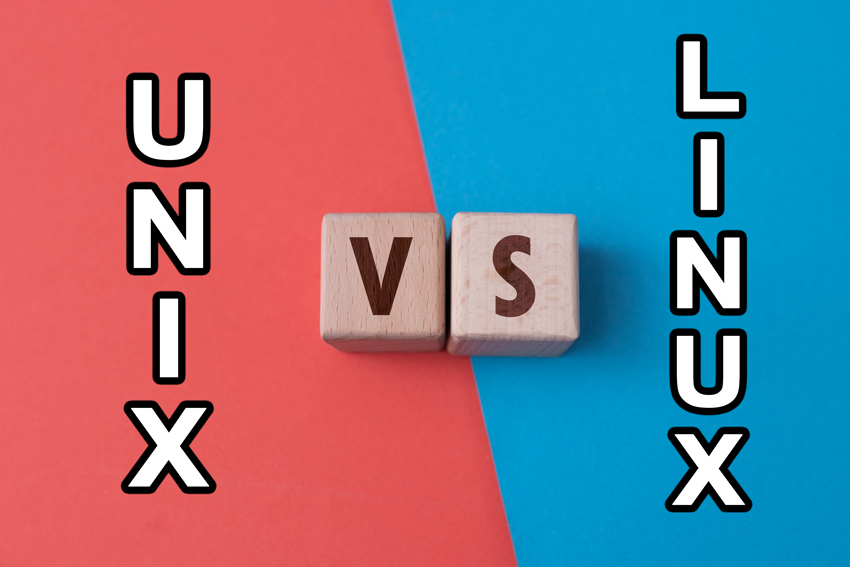
In the intricate landscape of operating systems, two prominent players have shaped the digital realm for decades: UNIX and Linux. While these two systems might seem similar at first glance, a deeper analysis reveals fundamental differences that have implications for developers, administrators, and users. In this comprehensive article, we embark on a journey to uncover the nuances that set UNIX and Linux apart, shedding light on their historical origins, licensing models, system architectures, communities, user interfaces, market applications, security paradigms, and more.
Historical Context
UNIX, a pioneer in the world of operating systems, emerged in the late 1960s at AT&T Bell Labs. Developed by a team led by Ken Thompson and Dennis Ritchie, UNIX was initially created as a multitasking, multi-user platform for research purposes. In the subsequent decades, commercialization efforts led to the rise of various proprietary UNIX versions, each tailored to specific hardware platforms and industries.
In the early 1990s, a Finnish computer science student named Linus Torvalds ignited the open-source revolution by developing the Linux kernel. Unlike UNIX, which was mainly controlled by vendors, Linux leveraged the power of collaborative development. The open-source nature of Linux invited contributions from programmers across the globe, leading to rapid innovation and the creation of diverse distributions, each with unique features and purposes.
Licensing and Distribution
One of the most significant differentiators between UNIX and Linux lies in their licensing models. UNIX, being proprietary, often required licenses for usage and customization. This restricted the extent to which users could modify and distribute the system.
Conversely, Linux operates under open-source licenses, most notably the GNU General Public License (GPL). This licensing model empowers users to study, modify, and distribute the source code freely. The result is a plethora of Linux distributions catering to various needs, such as the user-friendly Ubuntu, the stability-focused CentOS, and the community-driven Debian.
Kernel and System Architecture
The architecture of the kernel—the core of an operating system—plays a crucial role in defining its behavior and capabilities. UNIX systems typically employ monolithic kernels, meaning that essential functions like memory management, process scheduling, and hardware drivers are tightly integrated.
Linux also utilizes a monolithic kernel, but it introduces modularity through loadable kernel modules. This enables dynamic expansion of kernel functionality without requiring a complete system reboot. Furthermore, the collaborative nature of Linux development ensures broader hardware support and adaptability to evolving technological landscapes.

